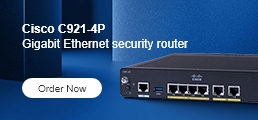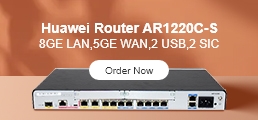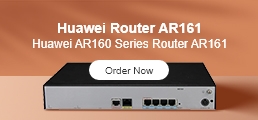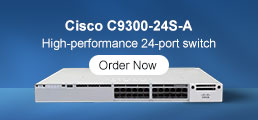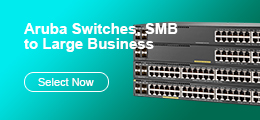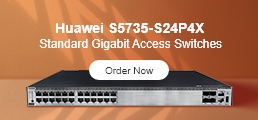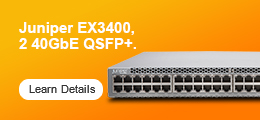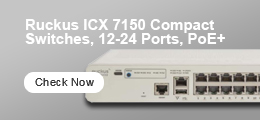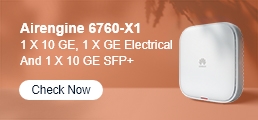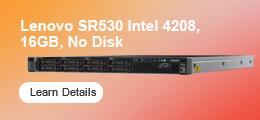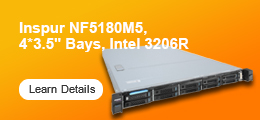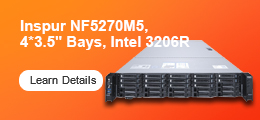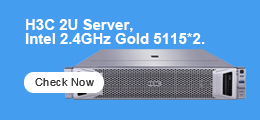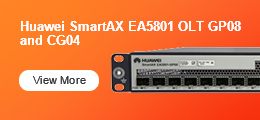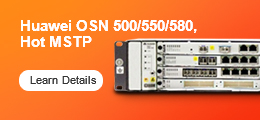What are the differences among the popular cat cable types you often heard and used: CAT-5, CAT-5e and CAT-6? There are also some other CAT cables such as previous type CAT 3 and the Class F-Cat 7.

First of all, let’s have an overview on the difference between CAT-5, CAT-5e, CAT-6, and CAT-7.
CAT-5 is rated to 100 Mhz
CAT-5e is rated to 350 Mhz
CAT-6 and CAT6e is rated to 550 Mhz or 1000 Mhz depending on your source
CAT-7 is rated to 700 Mhz or 1000 Mhz
CAT-6 cable is being made with 23 guage conductor wire as opposed to the slightly smaller 24 guage for CAT-5e and also has a separator to handle crosstalk better.
Both CAT-5 and CAT-5e have 100 ohm impedance and electrical characteristics supporting transmissions up to 100 MHz. The differences between CAT-5 and CAT-5e show in all aspects of performance: capacitance, frequency, resistance, attenuation, and NEXT. CAT-5e components were designed with high-speed gigabit Ethernet in mind. While CAT-5 components may function to some degree in a gigabit Ethernet, they perform below standard during high-data transfer scenarios. CAT-5e cables work with ATM and gigabit speed products. Simply, if you are using a 100Mbps switch, get CAT-5e cable instead of CAT-5.
CAT-5e is formally called ANSI/TIA/EIA 568A-5 or simply Cat-5e (the e stands for ‘enhanced’). CAT-5e is completely backward compatible with current CAT-5 equipment. The enhanced electrical performance of CAT-5e ensures that the cable will support applications that require additional bandwidth, such as gigabit Ethernet or analog video.
The following table shows the most common types of Ethernet cables, including their maximum data transmission speeds and maximum bandwidths.
|
|
Cable Type |
Maximum Data Transmission Speed |
Maximum Bandwidth |
|
Category 3 |
UTP |
10 Mbps |
16 MHz |
|
Category 5 |
UTP |
10/100 Mbps |
100 MHz |
|
Category 5 e |
UTP |
1000 Mbps |
100 MHz |
|
Category 6 |
UTP or STP |
1000 Mbps |
250 MHz |
|
Category 6 a |
STP |
10,000 Mbps |
500 MHz |
|
Category 7 |
SSTP |
10,000 Mbps |
600 MHz |
You can read more general Qs about the CAT-5, CAT-5e, CAT-6 and CAT-7
https://blog.router-switch.com/2014/12/cat-5-cat-5e-cat-6-and-cat-7-general-questions/




